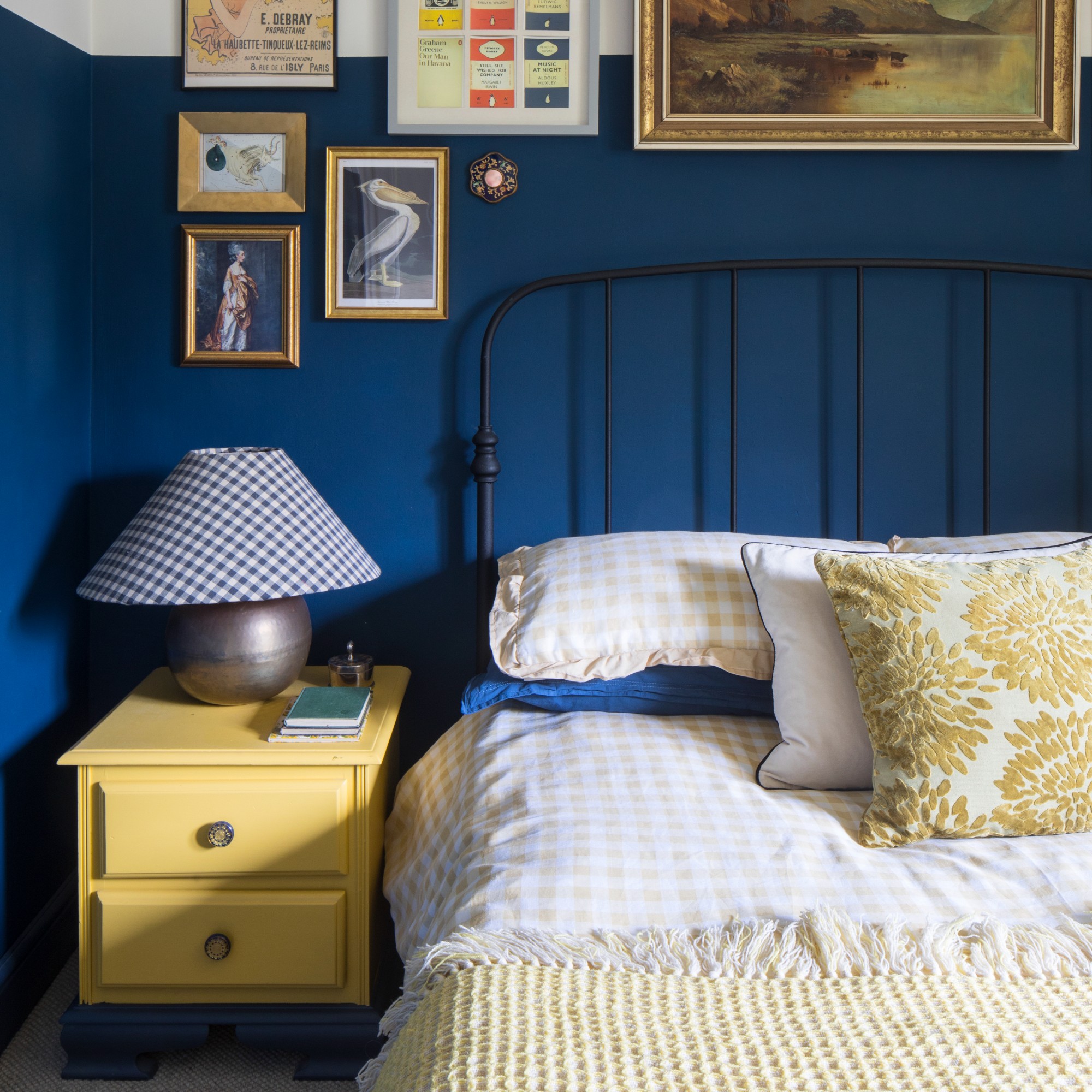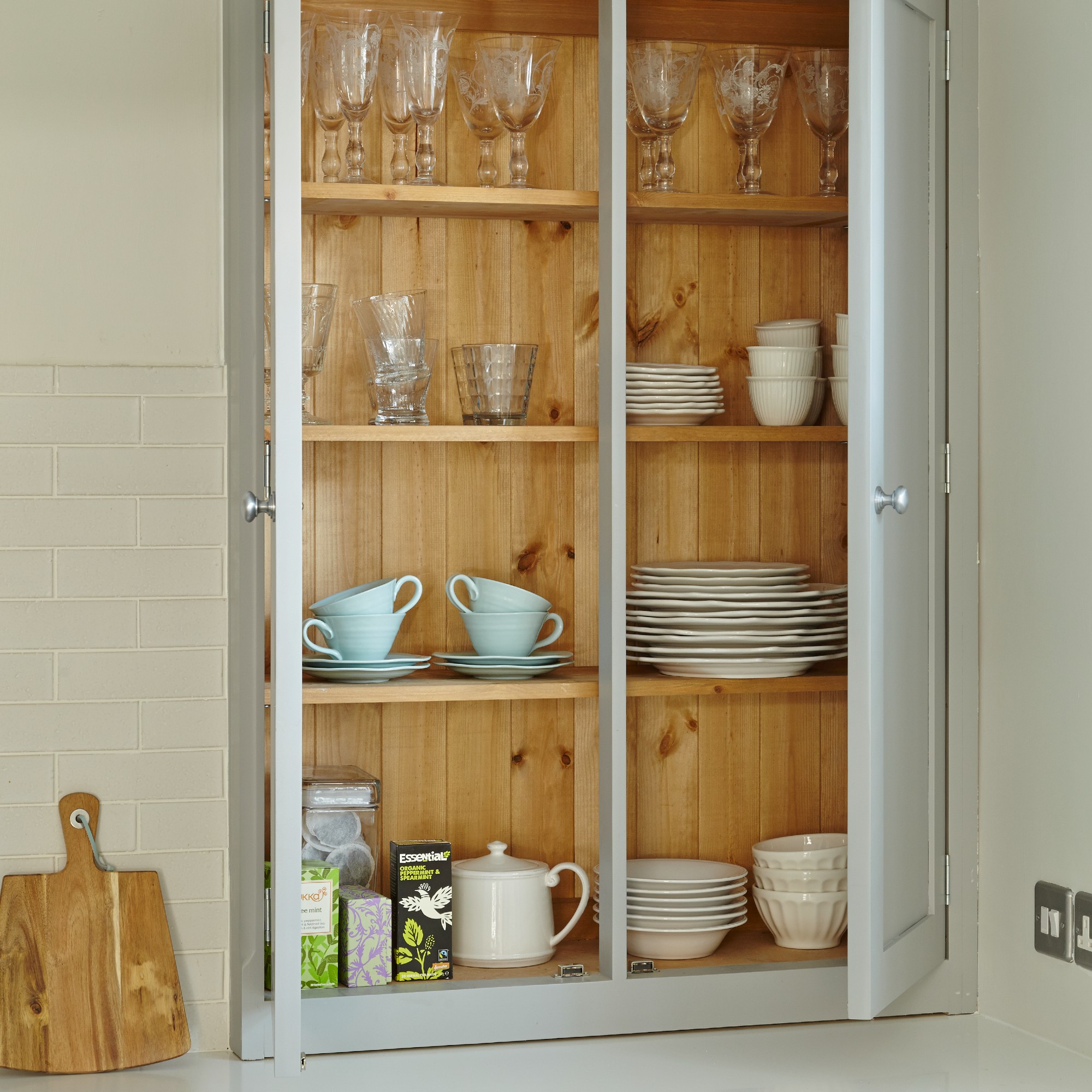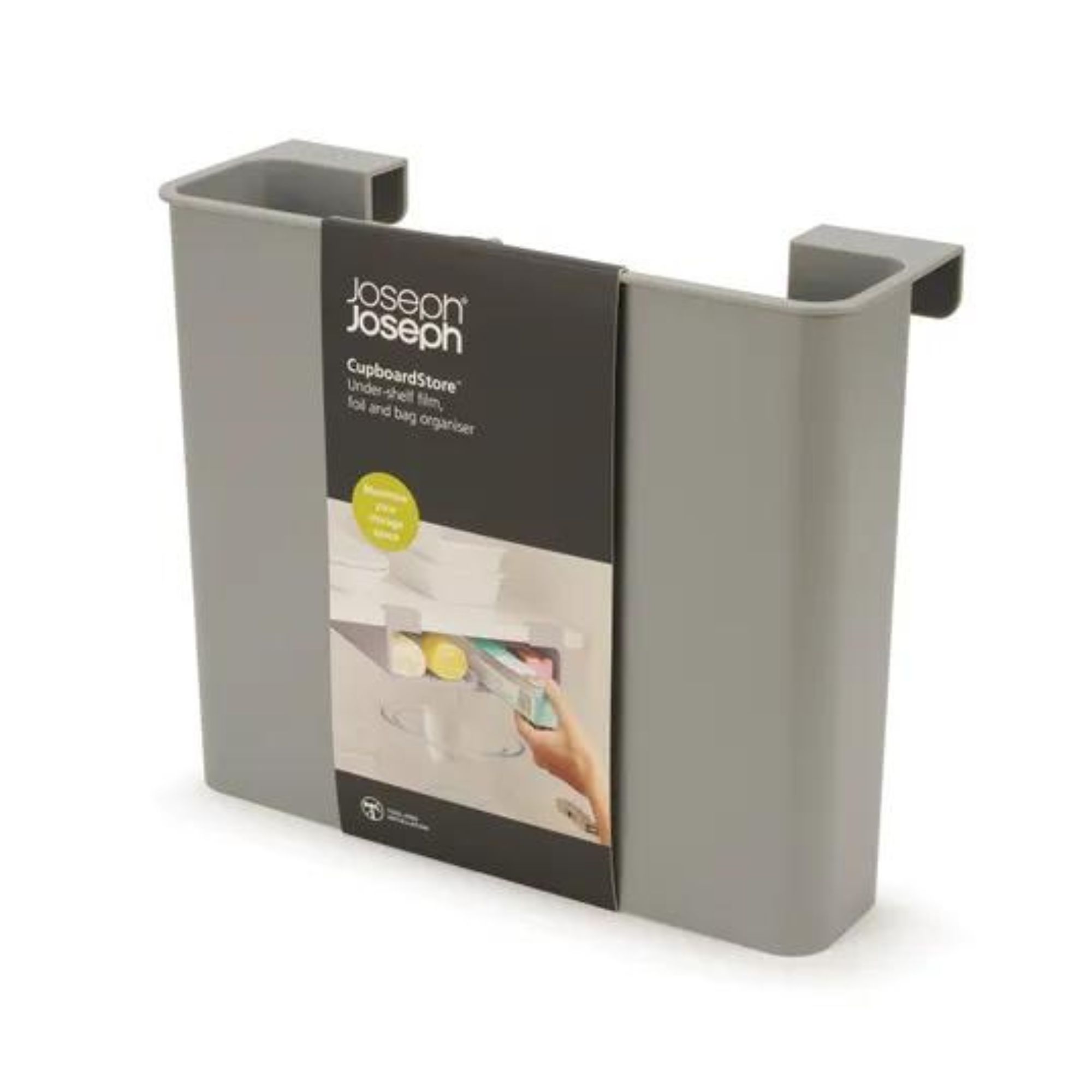5 decluttering tips for small spaces - maximise available space and get rid of clutter with this expert advice
Size *does* matter when it comes to decluttering


Decluttering small spaces can often be harder than decluttering larger spaces. With limited space on offer, the clutter seems amplified - and this can be extremely off-putting. But these decluttering tips for small spaces can help.
Yep, if you want to tick the small spaces in your home off your decluttering checklist, you’ll know that starting the decluttering process is the hardest part. You find yourself asking: Where do I start? How do I choose a plan of action? Who do I have to pay to do it for me?! Well, take this as your sign to do your own decluttering, no matter whether you want to tackle a small home, under-the-stairs cupboard, box room, or maybe your kitchen cupboards.
With the help of expert declutterers and interior designers, we’ve put together everything you need to know about decluttering small spaces - from choosing a decluttering method that suits your needs and requirements to integrating clutter-proof storage solutions.
1. Choose a method that suits you

There are so many different decluttering methods out there, from the ski slope decluttering method to the 12:12:12 decluttering challenge. Knowing which one to choose can be daunting, but you first need to understand what kind of person you are.
Are you a minimalist? Maximalist? Emotional collector of clutter? Aim to find a decluttering method that aligns with your values, as this will help you declutter without getting overwhelmed.
For smaller spaces, Emma Cottrell, Marketing Manager at BoConcept, suggests the four-box decluttering method. She says, ‘Take four large boxes. Label one RUBBISH, the next, DONATE, the next, KEEP and the last, RELOCATE. Then, go through the room, assigning everything to a box. Try to remove emotion, judging the items objectively. Once sorted, resist the urge to shuffle and take immediate action.’
However, storage expert Ben Thilthorpe at Vanguard Self Storage, warns, ‘Just make sure that you follow through, and that the donate and selling piles don’t end up gathering dust in a corner!’
Sign up to our newsletter for style inspiration, real homes, project and garden advice and shopping know-how
2. Set aside a small amount of time

When you want to declutter a small space, it’s also best to think smaller - especially when it comes to time. And while you may be inclined to set aside a whole day to decluttering your small home, we’d suggest opting for something much shorter.
As Hester Van Hien, a Home Decluttering and Organising Consultant from Tidylicious, explains, ‘Decluttering takes time, usually more time than people expect. So be realistic, and don't beat yourself up for not finishing a larger project within a couple of hours. Take small steps, and congratulate yourself each time you finish a small sub-project.’
Choosing a 10-minute declutter can be way more beneficial than choosing 30 minutes, an hour, or even a few hours. After all, 10 minutes in a small space can make a big difference and allow you to really hone in on what you want to declutter and how you want to organise your space.
Which day you choose for your 10-minute declutter is up to you, but Becca Stern, Creative Director and Co-Founder of Mustard Made is a big fan of the Sunday reset. She says, ‘As the weekend wraps up, it's the perfect time for a Sunday reset to get everything in order before a busy week ahead!’
Don’t make your Sunday all about decluttering your small spaces, though. Remember, you need to enjoy your weekends, and 10 minutes should do the trick.
3. Split your small space into smaller sections

Small spaces seem easy to declutter, right? Well, not if you choose to declutter the whole thing in one fell swoop. Doing so can be incredibly overwhelming and result in even more clutter as a result. So, aim to split your small space into even smaller sections.
Emma explains, ‘A gentler and more sustainable approach is to split your decluttering project into bite-size portions. Choose a few kitchen cupboards or the coffee table, perhaps. Attack that area and sort possessions into the four-box categories.’
However, we understand that some small spaces - like an under-the-stairs cupboard - are overly cluttered and don’t have obvious designated sections.
Hester says, ‘In that case, it might be better not to take things out by category, but instead take everything out and then sort it into categories. If doing that takes up quite a lot of time, simply put things back, ideally each category in a container, box or bag. And then deal with each category whenever you've got some time.’
4. Focus on space-saving storage solutions

Part and parcel of decluttering is using storage and organisational solutions to make the most of your space, and this is especially important if you want to declutter a small space. In these small spaces, you can’t make the most of large fitted wardrobes or giant pantries. Instead, you need to think outside of the box.
Catherine Jacob, Head of Design, at Hovia, says, ‘When decluttering your home while looking to maximise space, installing clever storage solutions are essential. Baskets, organisers, and stacking shelves can be great options to use across your home. These storage solutions can be great for minimising clutter and taking up unnecessary space whilst keeping your everyday essentials accessible.’
Of course, organising your home in a way that works efficiently and effectively is key too - and this is also something you should consider when decluttering.
Giverny Simm, Lead Designer at Studio Howes, explains, ‘Create clear zones within the home and assign specific areas for different activities (e.g., a reading nook, a home office corner). Keeping items related to each activity within their designated zones helps maintain order and makes it easier to keep things tidy and functional.’
This will ultimately limit how often you need to declutter in the future.
5. Clean and refresh at the same time

Small spaces are often the dirtiest, especially when they’ve been covered in clutter. So, take a few minutes after your decluttering session to give your space a little clean.
But don’t worry; you don’t have to do a full-on spring clean. Simply wiping over surfaces, dusting them, or rolling around with one of the best vacuum cleaners should be enough to give these spaces an extra zhuzh after decluttering.
And if you’re decluttering your small bedroom or box room, why not spend a few minutes changing the sheets, too?
Mark Tremlett, Founder of Naturalmat, comments, ‘There is nothing quite like the feeling of sinking into fresh, clean sheets after a long day. As part of your reset or decluttering routine, taking the time to properly wash your sheets not only promises a restful night's sleep but also prolongs the life of your bedding.’
Plus, doing this will add a sense of finality to your decluttering session.
What you'll need

If you're looking for a shoe storage idea for small spaces, this rack is for you. Our editor-in-chief, Heather Young, has found it to be a lifesaver in her home.
FAQs
What should I remove first when decluttering?
When decluttering, the easiest thing to do first is bin any rubbish or items you know you don’t want or need any more. This could be old receipts, expired food or household items, and general waste that has accumulated over time. You may be surprised how much this makes a difference, and this rarely requires any effort or thought process.
How to declutter when you have no storage?
If you live in a small space, there’s a high chance that you don’t have as much storage as you’d like. In this instance, you need to make a decision; you either need to have a huge purge and get rid of a lot of clutter you may have previously been inclined to keep, or you need to invest in storage solutions.
Thankfully, you can still use storage and organisation techniques in a small space - you just need to be savvy about it. Focus on integrating vertical storage (i.e. using the walls rather than the floors) and using multi-functional furniture that doubles up as storage (for example, an ottoman bed or a footstool that also doubles up as a storage box).
Well, there you have it. Will you be using these decluttering tips for small spaces?

Lauren Bradbury has been the Content Editor for the House Manual section since January 2025 but worked with the team as a freelancer for a year and a half before that. She graduated with a Bachelor’s degree in English and Creative Writing from the University of Chichester in 2016. Then, she dipped her toe into the world of content writing, primarily focusing on home content. After years of agency work, she decided to take the plunge and become a full-time freelancer for online publications, including Real Homes and Ideal Home, before taking on this permanent role. Now, she spends her days searching for the best decluttering and cleaning hacks and creating handy how-to guides for homeowners and renters alike, as well as testing vacuums as part of her role as the Ideal Home Certified Expert in Training on Vacuums, having spent over 110 hours testing different vacuum models to date!

